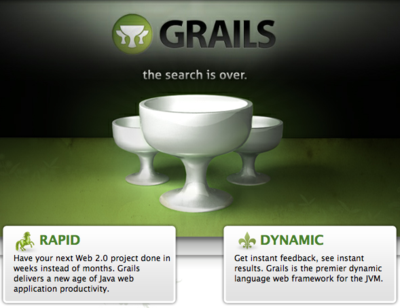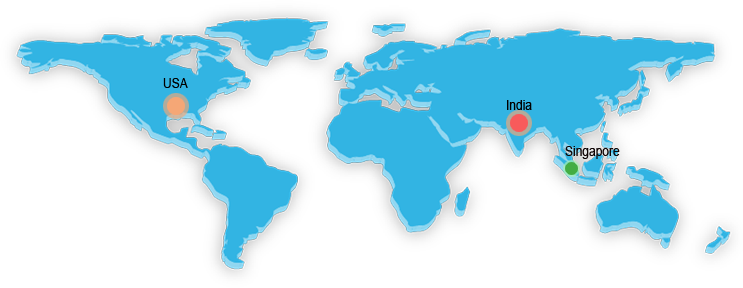 The Groovy/Grails software stack is an efficient and vibrant programming paradigm for enterprise Java application development.
The Groovy/Grails software stack is an efficient and vibrant programming paradigm for enterprise Java application development.
Groovy is a dynamic scripting language that runs on the Java platform. Groovy looks like Java and can take advantage of Java libraries natively. Especially, Groovy offers some features that are not directly available in Java. From java developer perspective, they love Groovy because they can get into faster code and still make industrial strength applications. In fact, Groovy can be called as “Java with defaults” as it can automatically handle number of Java conventions, easing the development process.
Advantages of Groovy
- It got additional features came from other languages such as Python, Ruby and Smalltalk.
- Testing got simplified by supporting unit testing with ease.
- Domain-Specific Language support and other compact syntax keeping the coding process easy to revise and maintain.
- Almost zero learning curve to Java developers
- Existing Java objects and libraries are integrated easily and compiles straight to Java bytecode.
- Writing shell and Build scripts were made easy with processing primitive power of Groovy, OO abilities and an Ant DSL boosts developer productivity by Reducing complex code when developing web, GUI, database or console applications
Grails is a web development framework written in Groovy that takes advantage of familiar Java technologies like Spring and Hibernate. It is a stand-alone development environment that hides much of the complexities of configuration from the developer. This contributes to an efficient and agile framework that dramatically increases developer productivity.
Grails makes it easy to seamlessly integrate into existing Java enterprise applications, extending them easily without losing the benefits of the existing platform investment.
Advantages of Grails
- Allows developers to focus on business logic, taking care of everything under the hood
- Plugin architecture keeps it highly extensible.
- Well known Java technologies like Spring, Hibernate are used seamlessly.
- Project layout is standard and all Grails applications have the exact same structure
- Groovy Can fit existing data models through custom Hibernate mapping

 .
.



















